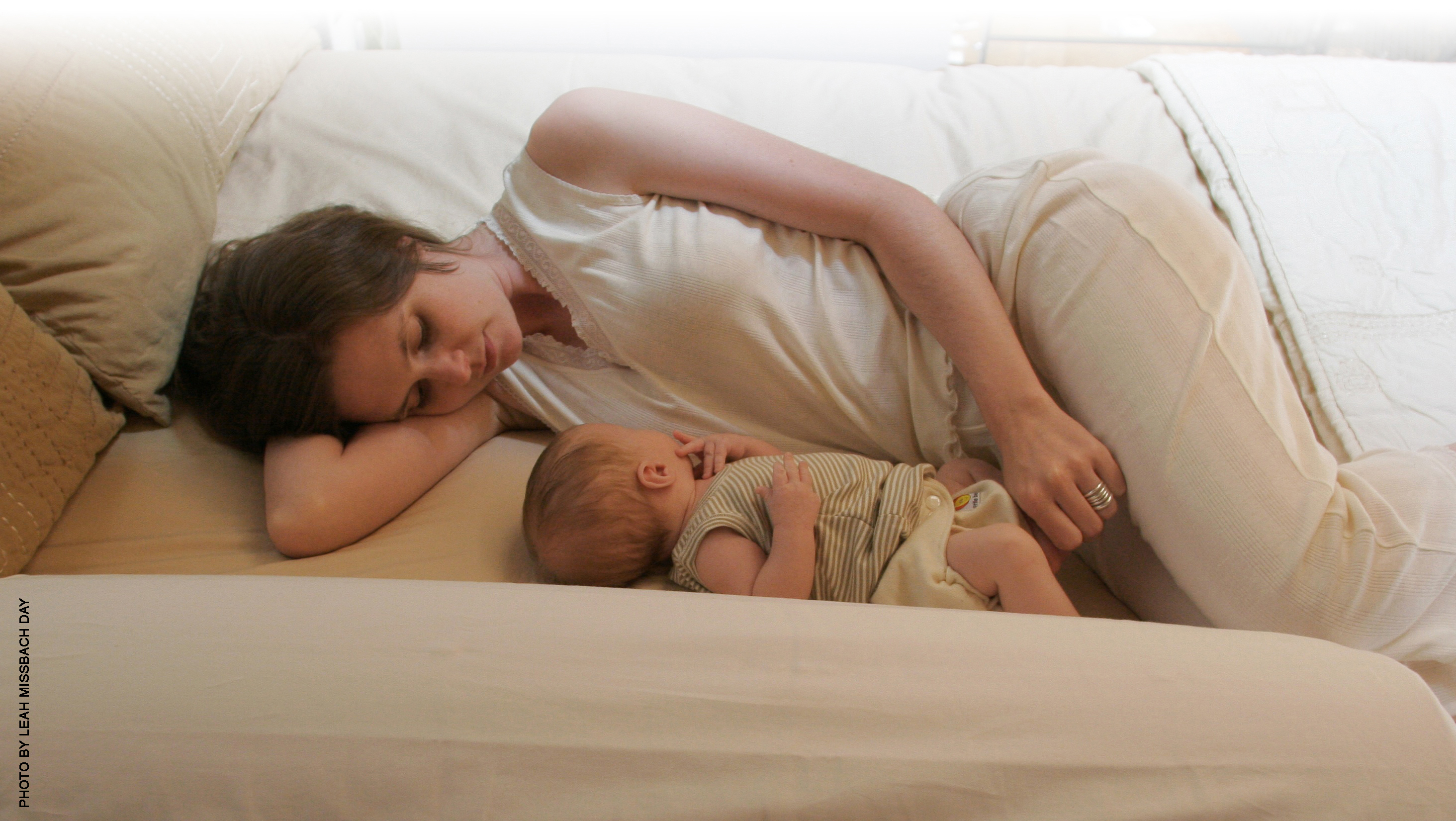
At the moment, most well-respected and trusted experts in Sudden Infant Death Syndrome (SIDS) prevention are fairly consistent in their prevention recommendations: Click here to review a previous post in which I provide a brief summary of these recommendations. For the most part, I follow these guidelines pretty diligently and relay the recommendations to my patients’ families. But there is one item on the list that has given me pause and has sparked considerable controversy around the world: that babies less than 1 year of age should not share the same sleeping surface with another adult or child; it is recommended that babies sleep in their own crib, bassinet, or bed.
This recommendation is supported by fairly well-designed studies. Not only that, the data is fairly convincing. So why the controversy? Well, to start with, many families choose to bed-share and feel safe, happy, and content with their decision. A strong recommendation against this practice risks not only imposing guilt on these parents, but may also undermine their right to choose for themselves how best to raise their children. It is probably also worth noting that in many non-western communities, bed-sharing is a family practice deeply entrenched in their cultural way of life. There would have to be some pretty strong reasons to justify drastically disrupting the cultural practices of millions, perhpas billions of people around the world. Though compelling, the above arguments are cultural, personal, and emotional. They are not scientifically derived, something that our modern health communities demand when justifying the implementation of population-wide health policies.
So we turn to science. Is there any medical research out there that might challenge this notion that bed-sharing increases a baby’s risk of dying from SIDS? Well, there doesn’t appear to be any direct evidence (though I would be most pleased if someone can prove me wrong on this). However, there certainly seems to be some indirect evidence. For one, among the many babies studied who died from SIDS, it is interesting to note that the majority of these babies also had other risk factors at play. In other words, many of these babies were exposed to second-hand smoke, were sleeping next to parents who had consumed alcohol, or were sleeping next to their parents on a couch or chair. In these instances, it is unclear whether the act of bed-sharing, per se, had anything to do with the unfortunate SIDS outcome. Another interesting perspective: research has demonstrated that one of the most effective ways to protect a baby from SIDS is to ensure exclusive breastfeeding. Even for those who feed both formula and breast milk, the risk of SIDS decreases as the amount of breastmilk relative to formula consumed increases. Interestingly, studies looking at bed-sharing and breastfeeding have demonstrated that babies who sleep with their mothers are more likely to breastfeed exclusively (or consume a higher ratio of breastmilk to formula) in their first 6 months of life. It follows, then, that an intervention which increases a community’s breastfeeding rates should reduce that community’s incindence of SIDS. So it is entirely possible that recommending against bed sharing undermines successful breastfeeding, the consequences of which may ultimately contribute to an uptick in the overall incidence of SIDS.
This argument is very theoretical and, in my opinion, insufficient to justify a healthcare practitioner advocating bed-sharing per se. On the other hand, after layering on the emotional, personal, and cultural components of this argument, and upon taking into consideration that bed-sharing enhances breastfeeding rates, the benefits of which go far beyond protecting against SIDS, I am left feeling most uncomfortable advocating for the current recommendation against this practice.
So what do I recommend when discussing bed-sharing and SIDS with parents of newborns babies? Well, my approach is to present the most relevant and up-to-date information available in the form of an informal pros and cons list. I then do my best to support the parents in making a decision that best suits that particular family. It is, after all, a decision that has far more impact on them and their family than on myself or the experts who publish these guidelines.
For a fantastic and quite thorough review of this issue, consider reading this guidelines paper released earlier this year by the Perinatal Provincial Health Services Authority, British Columbia.
I would love to hear what others have to say about this. Do comment below.